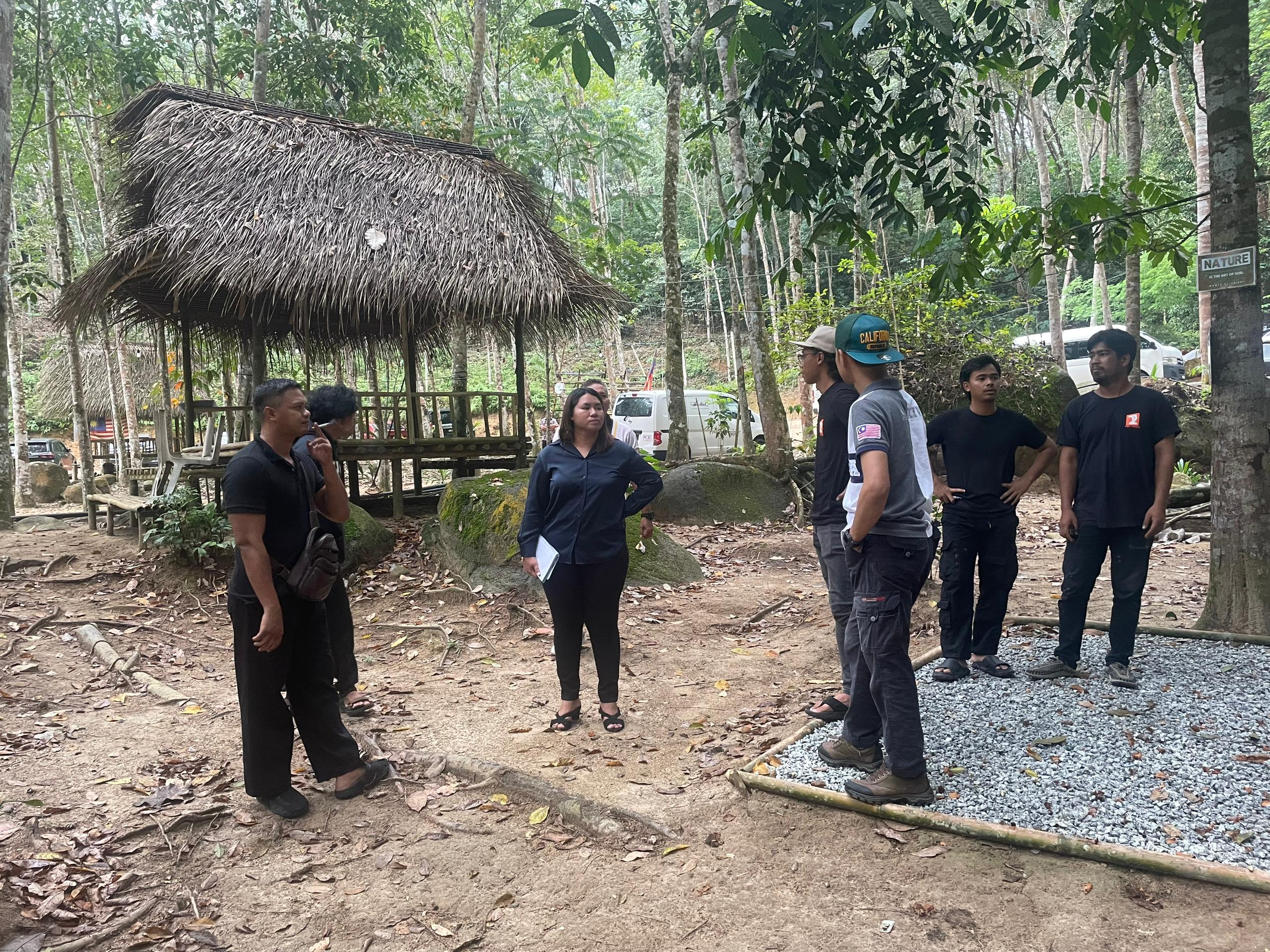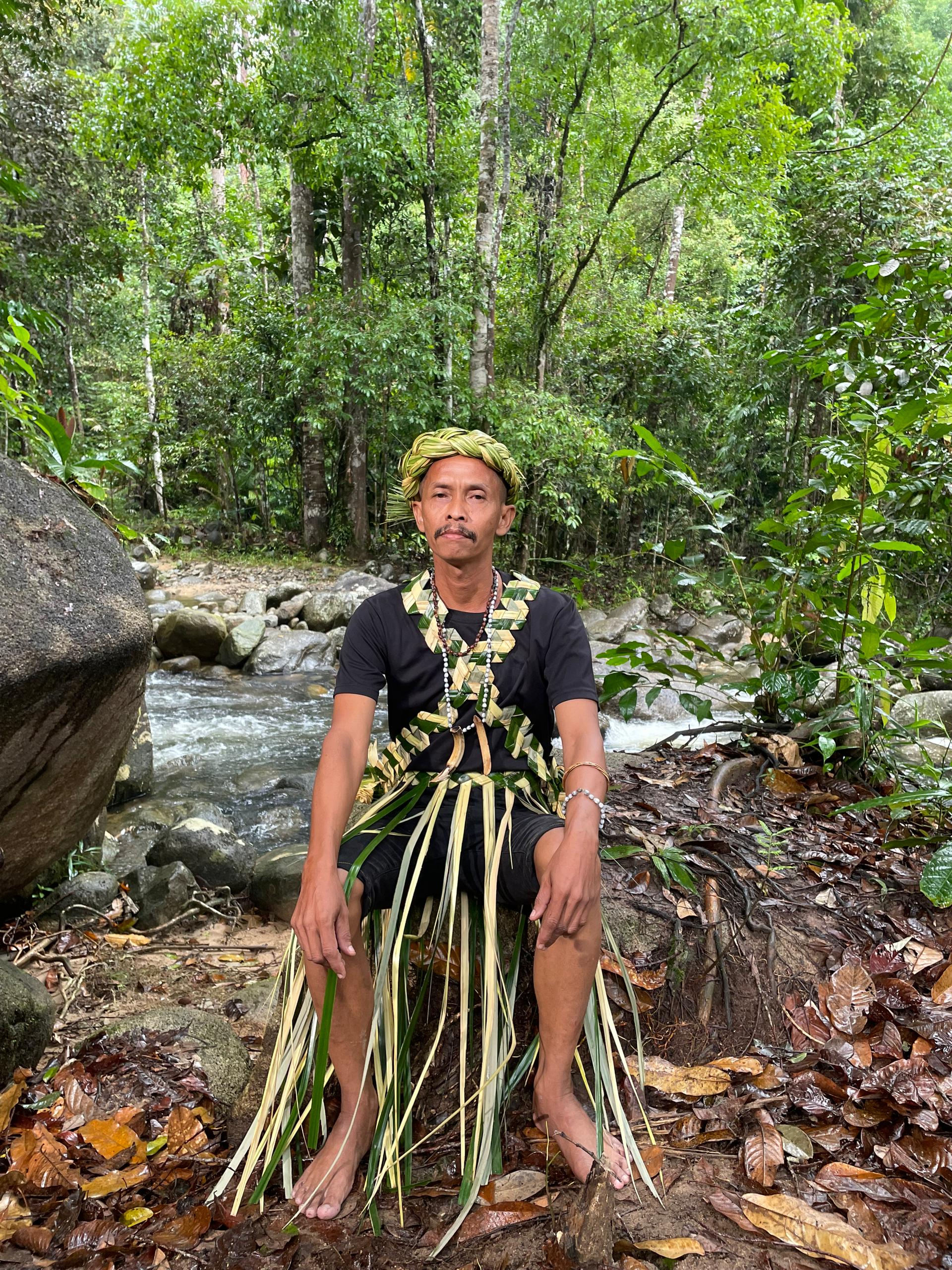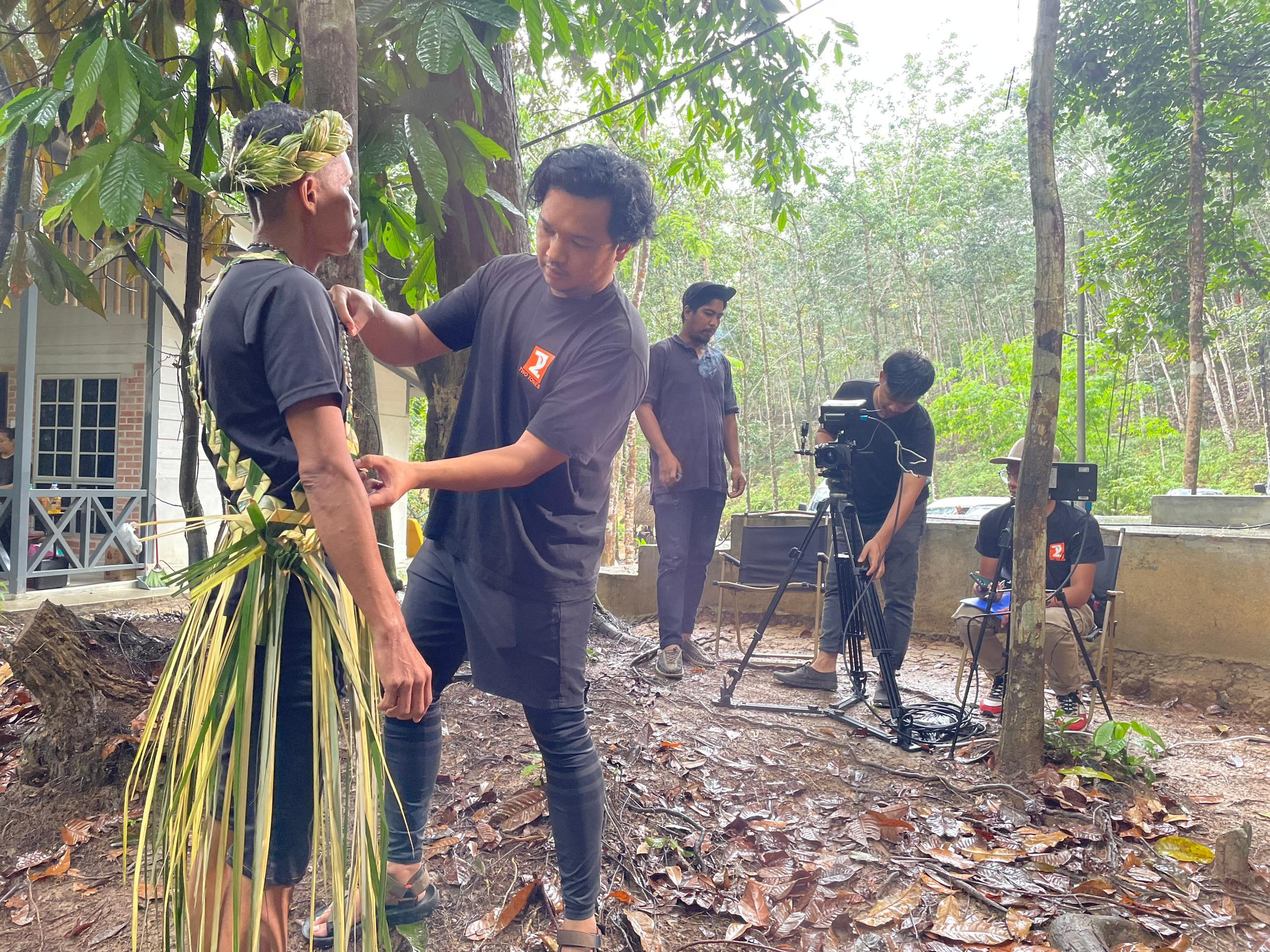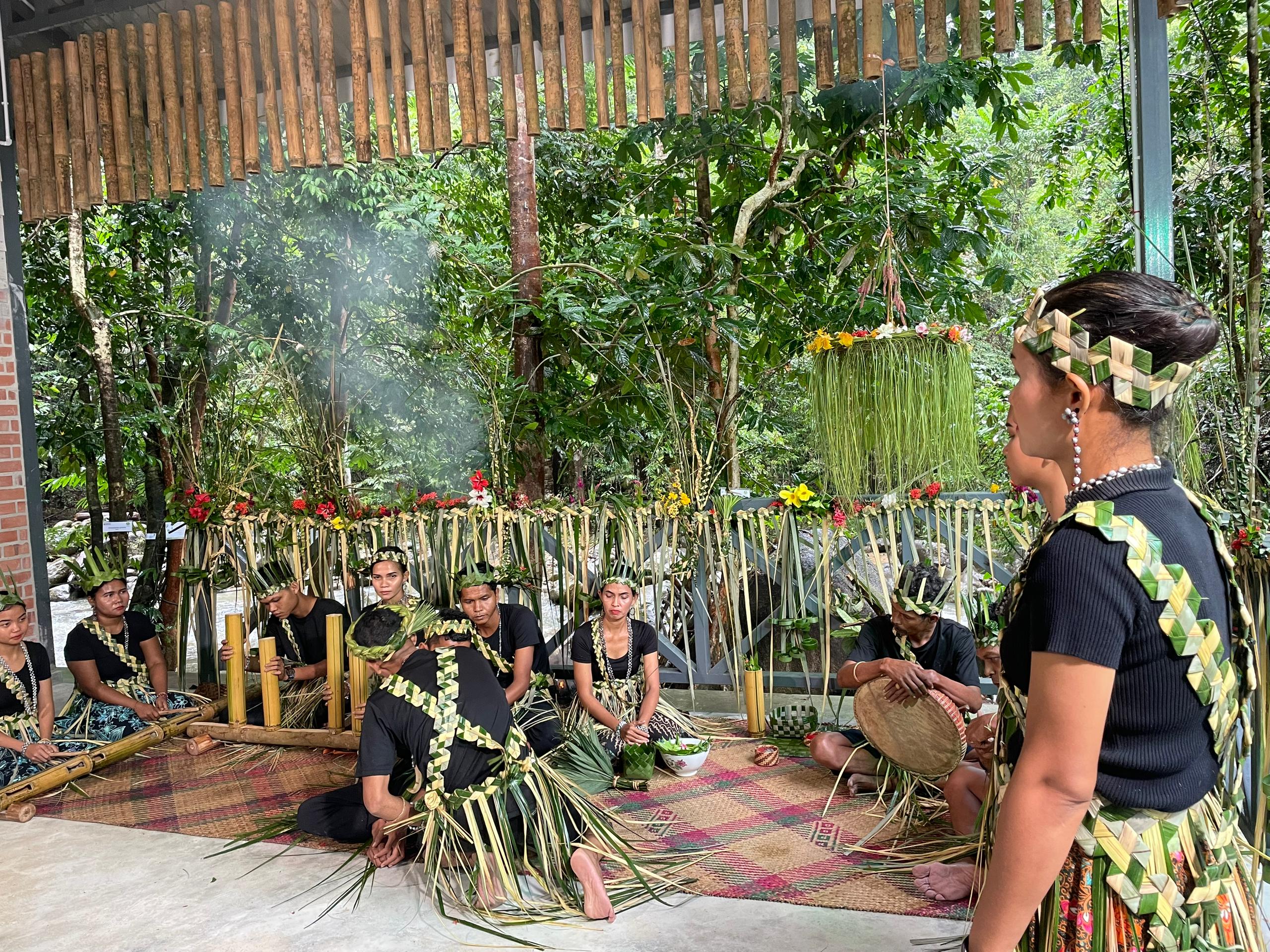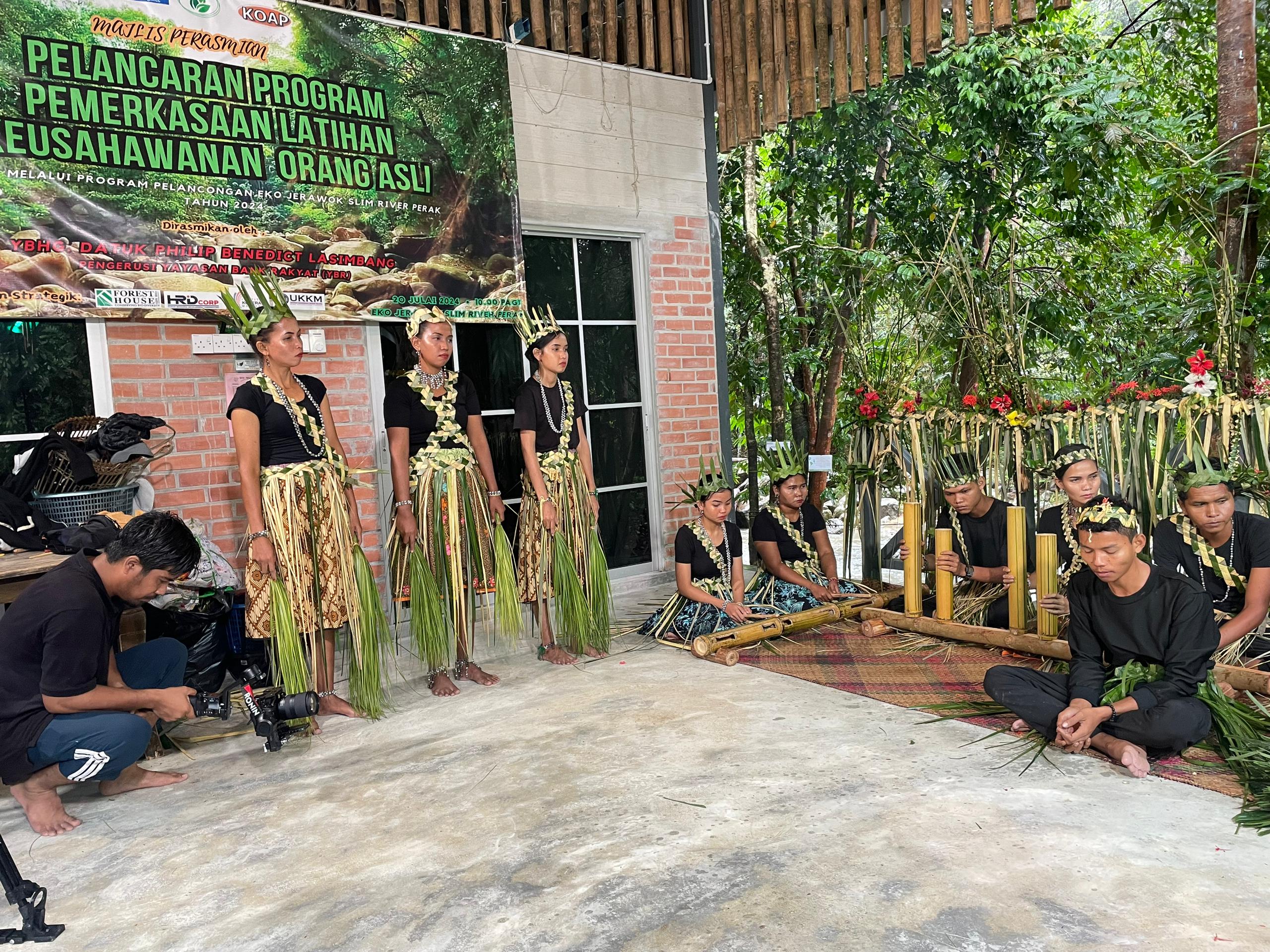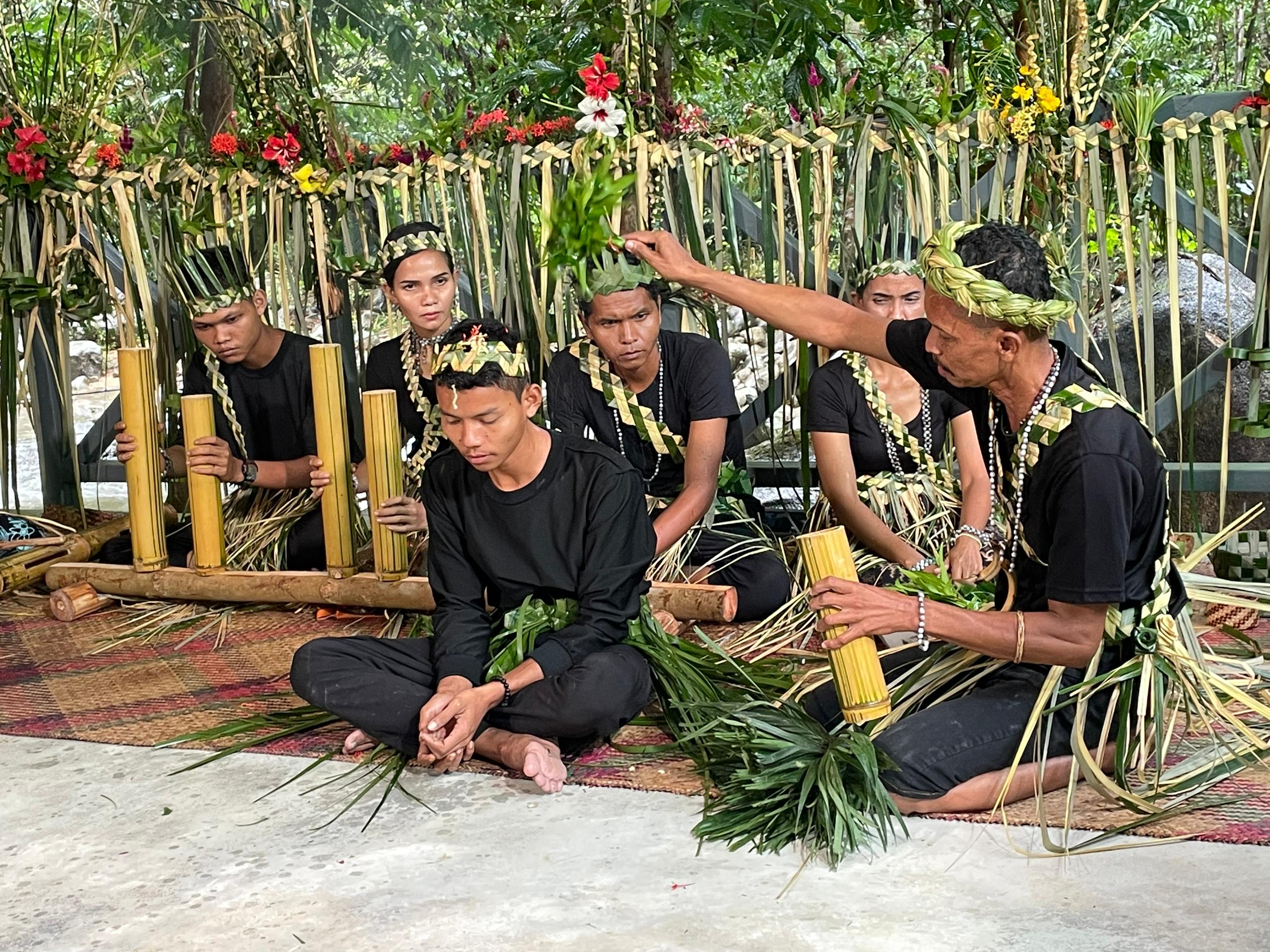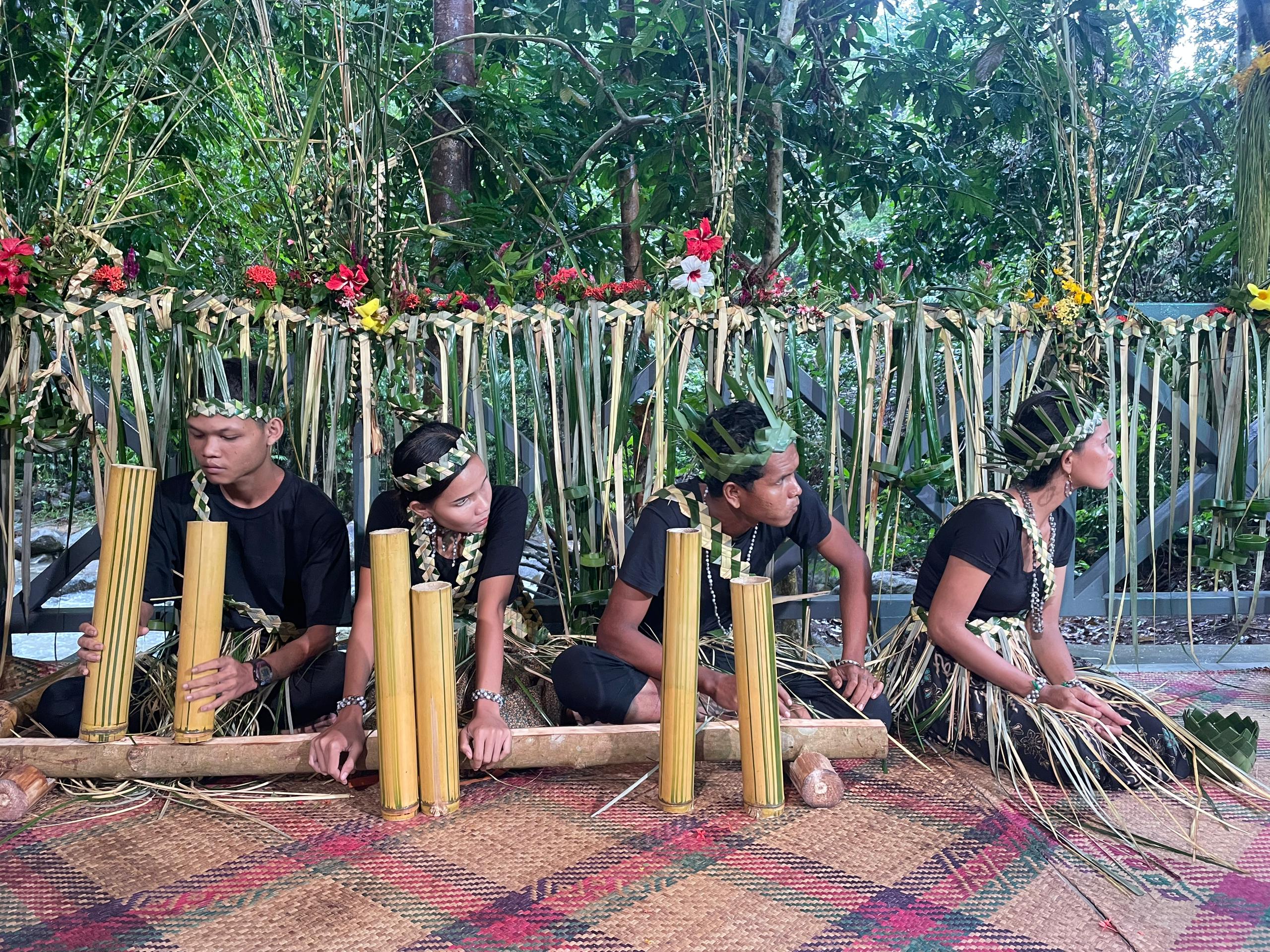ARTS AND CULTURE INFORMATION GATEWAY
Immerse yourself in the colorful world of art and culture! From traditional heritage to contemporary works, discover uniqueness that reflects the nation's identity and identity
TARIAN SEWANG
Picture
10
Video
Available
Today's Visitor
1484
Number of Visitors
3462
Introduction and history
The Sewang dance is one of the most well-known cultural traditions among the indigenous Orang Asli communities in Peninsular Malaysia, particularly the Mah Meri, Bateq, Semai, and Temiar tribes in Perak. Passed down through generations, this dance serves as a form of respect for nature and a ritualistic offering to supernatural beings. The performance of the Sewang dance varies according to the type of ritual being conducted. It encompasses several variations, including Sewang Chenchem, Gamok, Panoh, Penhei, Manjar, Pungei, Tanggei, Selombang, and many more.
According to the beliefs of the Orang Asli communities in Perak, the Sewang dance holds a vital role in their spirituality and cultural systems. Passed down through generations, this dance not only represents the cultural identity of the Orang Asli but also serves as a medium to express their beliefs and values. From a spiritual and sacred perspective, the Sewang dance is performed as an act of homage to ancestral spirits, particularly during celebrations such as Hari Moyang. For this ritual, a special sanctuary is constructed as a resting place for the invited ancestral spirits, and the dance is performed in their honour.
In addition to its spiritual significance, the Sewang dance holds considerable social importance. It is performed to celebrate various occasions, including welcoming guests, weddings, harvest seasons, and the return of family members from afar. The dance symbolizes joy and gratitude within the community. According to their beliefs, Sewang originates from dreams associated with Pulau Buah (paradise), a place believed to provide blessings such as fruitful harvests and abundant rice yields. As such, the Sewang dance is performed as a dedication to these beliefs.
Beyond its spiritual and social roles, Sewang also functions as a medium for traditional healing. During healing rituals, the dance typically lasts for six consecutive nights, with participation restricted exclusively to members of the Orang Asli community. Outsiders are strictly prohibited from being present until the ritual is completed, underscoring the importance of preserving the sanctity and authenticity of this sacred tradition.
However, with the advent of modern developments, the Sewang dance has evolved into an iconic performance representing the Orang Asli community. It is now performed commercially for public audiences, not solely for ritual ceremonies but also as a cultural showcase that highlights the heritage of the Orang Asli. This evolution reflects the community's efforts to preserve and promote their cultural traditions in a contemporary context.
The traditional costumes used in the Sewang dance are typically crafted from natural materials such as tree bark, coconut leaves, betel leaves, dried pandan leaves, flowers, and various other forest plants. The uniqueness of these costumes lies in the creativity of each tribe in designing their Sewang dance attire using these resources.
Generally, the Orang Asli community does not have a specific type of clothing exclusively designated for the Sewang dance. Instead, they layer their basic daily clothing with natural elements. Leaves are often woven into sashes, skirts, or overlays that are worn on top of their basic attire. Additional accessories, such as bracelets, headpieces, and chest ornaments, are commonly crafted from natural materials like bamboo, flowers, or rattan. In some performances, particularly those of the Mah Meri tribe, face masks made from jackfruit or Meranti wood are also used to enhance the visual impact of the dance.
In certain performances, the costumes are entirely made from tree bark, which is processed into shirts and skirts. However, for added diversity and comfort, these natural outfits are often paired with a uniform inner layer. This combination of nature-inspired attire and modern elements reflects the Orang Asli’s ability to adapt to changing times while preserving their authenticity and cultural heritage.
The overall costume for the Sewang dance not only symbolizes the Orang Asli's ingenuity in utilizing natural resources but also embodies their philosophy of life, which emphasizes balance and harmony with the environment. These costumes enhance the aesthetic appeal of the Sewang dance, making it a captivating feature of various events, such as religious ceremonies, healing rituals, and special celebrations.
The dance is accompanied by singing and a traditional ensemble of Sewang musical instruments, primarily the Centong Buluh and Pensol (nose flute). The Centong Buluh is crafted from bamboo stems cut into varying lengths to produce different sound resonances. These stems range from 18 to 48 inches in length and are typically played by groups of eight to sixteen or more performers in a single performance. The instruments are struck against a hardwood piece placed horizontally in front of the musicians.
The Pensol, or nose flute, is also made from bamboo and is designed to produce mesmerizing, melodic sounds. In some performances, additional instruments such as gongs, violins, and drums are included to enhance the musical composition. These added instruments create a more dynamic and nuanced auditory experience, tailored to the specific type of performance being presented.
The Sewang dance is performed in an organized manner, featuring a variety of movements that convey deep meanings for rituals and traditional ceremonies. Typically, the dance involves ten male and female dancers led by the Tok Halaq or the lead vocalist. They sing together, with the Tok Halaq's verses repeated by the other dancers. The dance movements are performed in several forms:
Line Formation: Dancers stand in a single line while moving their bodies to the rhythm of the music.
Circular Formation: Dancers move in a circle, rotating clockwise or counterclockwise.
Pair Dancing: Male and female dancers perform in pairs, occasionally holding hands.
Group Dancing: All dancers move in unison, creating a lively atmosphere with synchronized movements and group singing.
For spiritually significant performances, ancestral spirits are invoked, believed to be present through the construction of a Sanggar (a shrine for spirit worship). Special chants, resembling mantras, are recited, and the dancers also participate in this ritualistic chanting. However, in stage performances for public viewing, the spiritual elements are omitted, focusing solely on the cultural aspects of the dance.
Additionally, the Sewang dance incorporates elements of improvisation, adapting to the circumstances and purpose of the performance. The Orang Asli community is collectively involved in every aspect of the preparation, including building the Sanggar, setting up the fire pit, crafting musical instruments, and performing the dance. This collective spirit elevates the Sewang dance beyond just an art form—it becomes a profound communal experience.
-
Reference Source
Bahan Bacaan
Chan, C. S. C., & Saidon, Z. L. (2016, November). Constructing Contemporary Traditional Semai Music through an Exploration of the Talents and Interests of the Youth. In Conference MPAC (Vol. 22, p. 59).
Chan, C. S. C., & Saidon, Z. L. (2021). Advocating for The Sustainability of Semai Indigenous Music Through The Collaborative Creation of New Traditional Music: A Participatory Action Research (PAR) Methodology. Harmonia: Journal of Arts Research and Education, 21(1), 9-22.
Ching, C. C. S. (2012). Heterogeneity in the musical acquisition of Orang Asli children from the Mah Meri and Semai groups. Malaysian Journal of Music, 1(2), 1-18.
Linggang, D. A. D. J., Wirunsakunphiban, W., & Nusen, R. (2024). Mah Meri’s Main Jo-Oh (Hari Moyang Puja Pantai Ritual Dance): From Traditional to A Tourism Art Entertainment. Jurnal Gendang Alam (GA), 14(1), 64-79.
S. Mahadzir.(2021). Sewang: Tarian Tradisi Masyarakat Mah Meri. Dewan Budaya. Dewan Bahasa dan Budaya. Kuala Lumpur. Diambil daripada,
https://dewanbudaya.jendeladbp.my/2021/12/29/989/#:~:text=Sewang%20bermaksud%20tari%2Dmenari.,sewang%20untuk%20menyambut%20Hari%20Moyang.
Location
State JKKN Contact Information
Encik Yufazli Yusof
Cultural Officer
Jabatan Kebudayaan dan Kesenian Negara Perak
Kompleks JKKN Perak,
Lot 20561@20565 Jalan Caldwell,
Off Jalan Raja Di Hilir,
30350 Ipoh,
PERAK DARUL RIDZUAN
05-253 7001 / 05-254 1027
Use the form below to contact the Informant/Figure/Editor/Researcher directly. We will respond to your inquiry as soon as possible!


